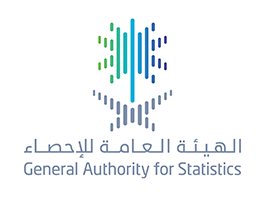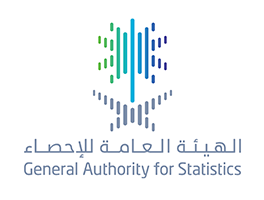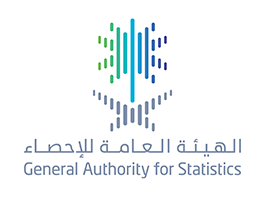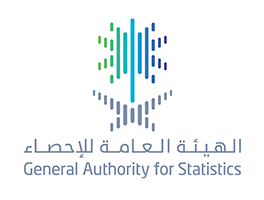GASTAT Launches the Establishments’ Business Statistics Survey
18-01-2022
As part of its statistical efforts to develop the Saudi economy and support the diversity of its sources, the General Authority for Statistics (GASTAT) starts today (Sunday) January 16, 2022 working on the Business Statistics Survey. The survey, which will last for 40 days, aims to provide accurate statistical data and indicators on establishments that carry out various economic activities in Saudi Arabia.
GASTAT indicated that the data of Business Statistics Survey, which started today, will be collected using an E- questionnaire that should be completed by economic establishments either through the email or website, or through the statistical phone, where statistical researchers will contact establishments to complete the required data. Completing the survey data through the E- questionnaire will contribute to supporting policy and decision makers in Saudi Arabia to build a thorough system of procedures that would significantly and urgently develop and support economic activities to achieve constant growth and sustainability.
GASTAT requests all economic establishments to participate in this important survey by providing accurate statistical data and indicators on economic establishments in Saudi Arabia. It also called on all economic establishments to cooperate with the statistical researcher who will contact them to complete the data required for this important economic survey, given the importance of the establishments’ data in supporting the processes of decision-making and policy setting.
In a related context, GASTAT invites all establishments in both the public and private sectors along with the non-profit sector to participate in filling out the E- questionnaire of Business Statistics Survey, assuring that this survey targets all economic activities in Saudi Arabia without exception, regardless of the size, type and geographical scope of the activity.
Moreover, GASTAT explained that this Survey comes within an integrated framework with all government entities related to economic activities, as the questionnaire was built according to specific statistical criteria to guarantee the provision of accurate statistical data and indicators that measure various aspects of businesses in all economic establishments in Saudi Arabia.
According to the General Statistics Law issued by the Council of Ministers, GASTAT confirmed its full commitment of the very highest levels of confidentiality, adding that the data completed through E- questionnaires shall not be published under any circumstances. GASTATS is also committed to maintaining the confidentiality and privacy of data and information to be only used for statistical purposes through aggregate results and general indicators in accordance with the applicable regulations in Saudi Arabia.
It is worth noting that GASTAT is the only official statistical reference for statistical data and information in Saudi Arabia. It carries out all statistical work, in addition to the technical oversight of the statistical sector. It also designs and implements field surveys, conducts statistical studies and research, analyzes data and information, in addition to the documentation and archiving of all statistical information and data that cover all aspects of life in Saudi Arabia from its multiple sources. Furthermore, GASTAT registers, classifies, and analyzes data. It extracts the data indicators as well.







